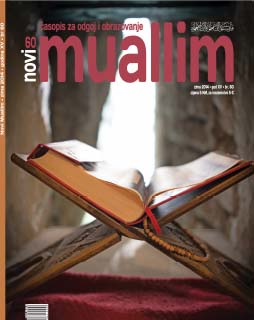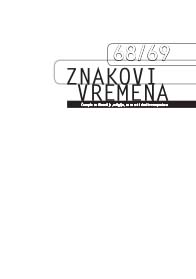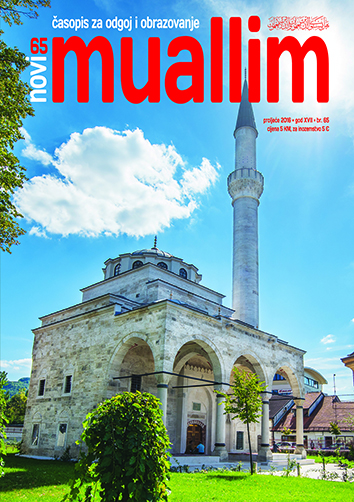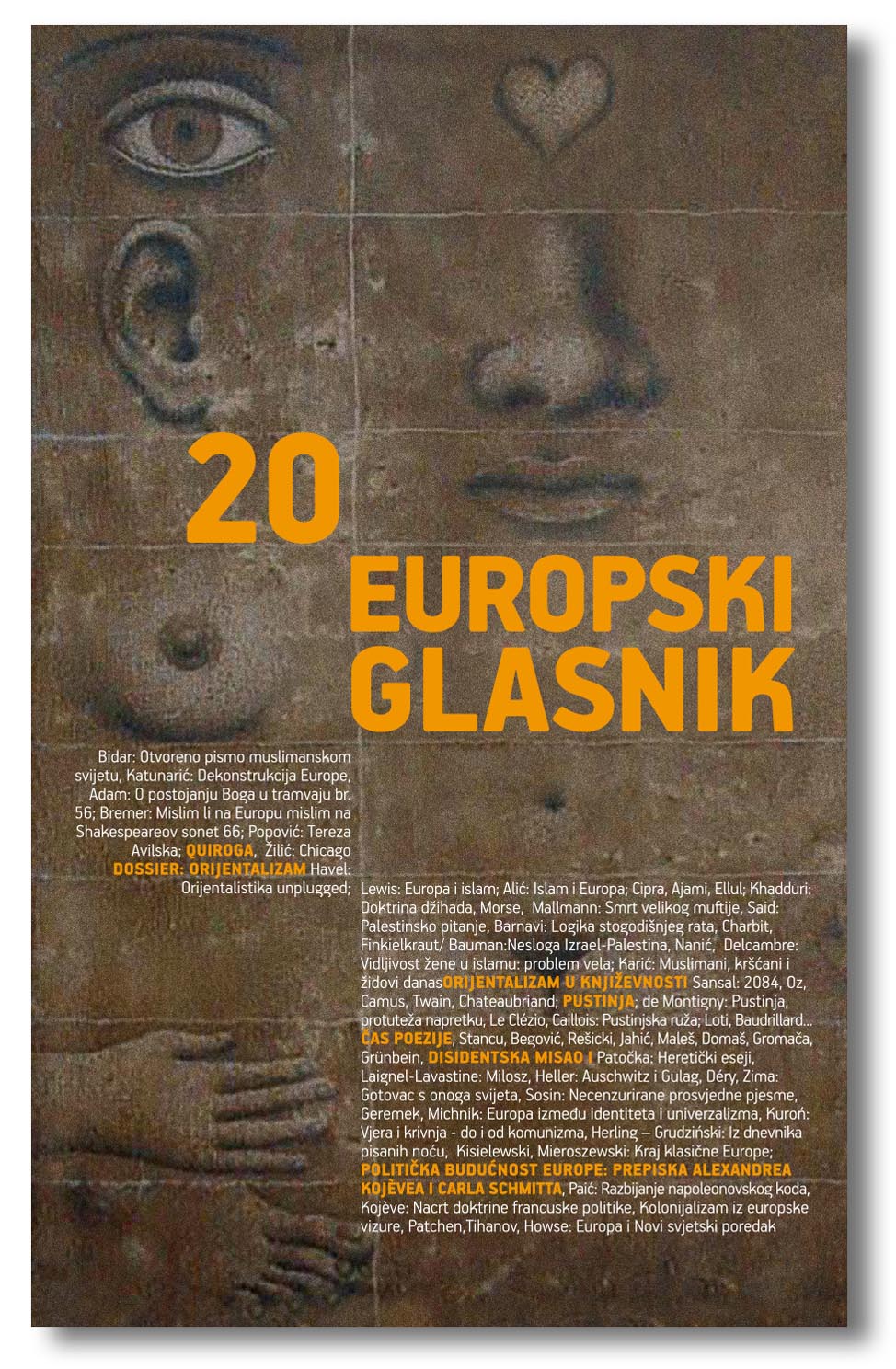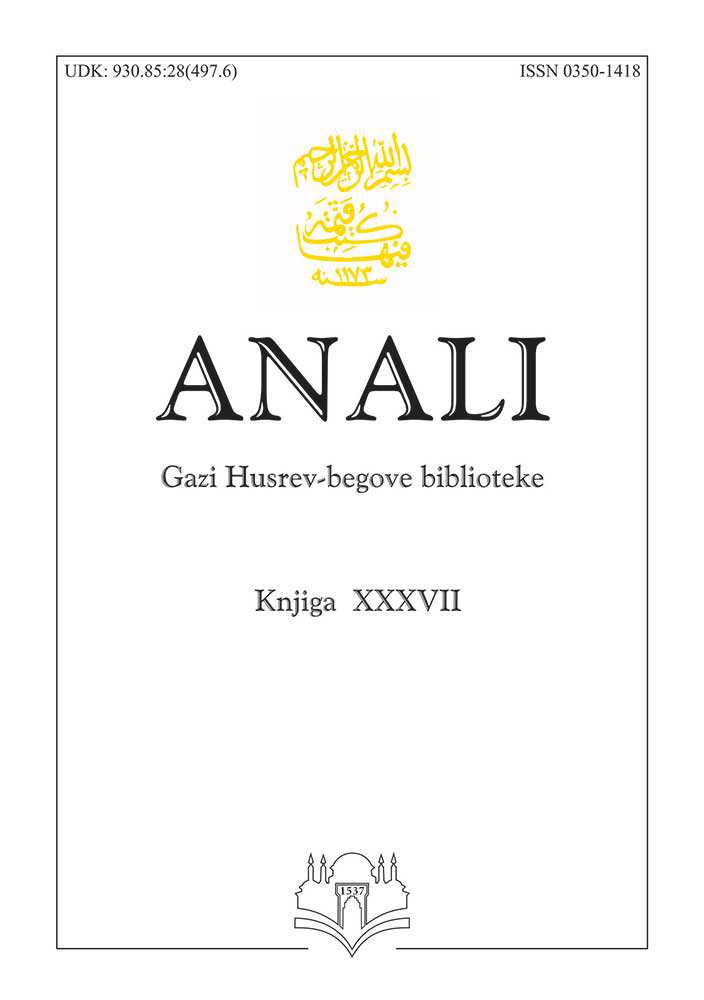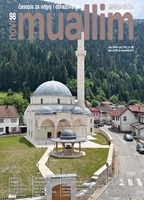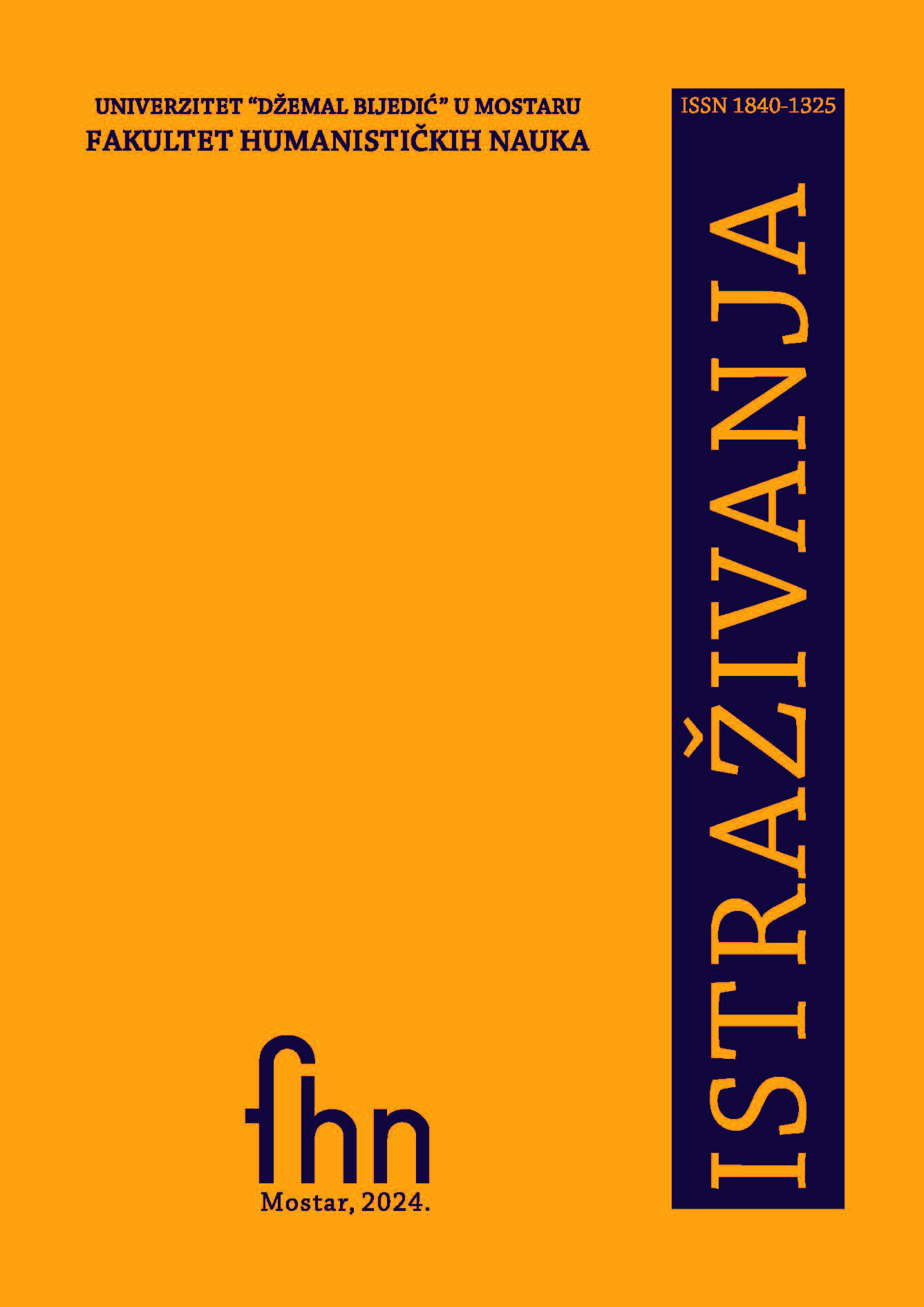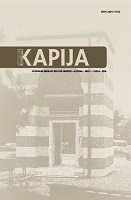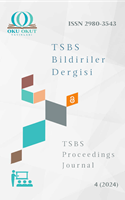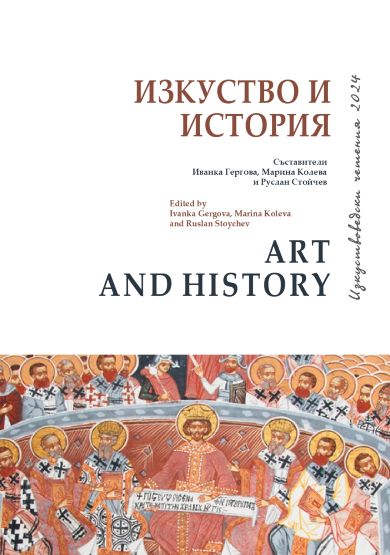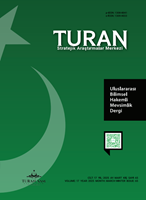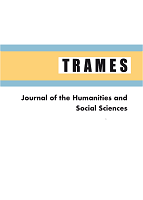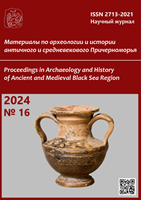Author(s): Fatma Zehra İde / Language(s): Turkish
Issue: 4/2024
The prophet of Islam, the last true religion, is the Prophet. The Qur’ān, which was revealed to Prophet Muhammad, has been subjected to many slanders and denials since the day it was revealed. This situation had no effect on the believers and they have tried to maintain it both in the saddle and in the row until today. Those who were sent the book as the truth before Islam did not claim their trusts and falsified their holy books. They were also disturbed by the existence of the Qur’ān and went to extraordinary lengths to distort it, deny it and arouse suspicion with slanders. This work is limited in response to the claims of orientalists (orientalists) that the Quran is derived from the Torah and the Bible. The main problem of this claim is the orientalists’ inability to accept the truth and their jealousy. The answer to the claims put forward by Orientalists about the reliability of the Qur’ān is that the Qur’ān is not based on the Torah and the Bible. Due to the fact that it is the heavenly religion, with the difference that it is one of the sources of Judaism, Christianity and Islam; Jews have falsified the Torah, Christians have falsified the Bible, but Muslims have claimed and protected the Qur’ān with great care since the day it was revealed to the Nobles. Our main goal is to reveal the similarity and difference of the Qur’ān with the Torah and the Bible. It is to express this through Islamic foundations and sources. People who exist in society shape their lives according to the values they believe in. For this reason, it is important that the values he believes in are correct and that he is free from all doubts. This study will be useful in determining that there is no doubt for those who believe that the Quran is not derived from the Torah and the Bible. The qualitative method was used in this study. The claim that the origin of the Qur’ān is the Torah and the Bible, which Orientalists have insisted on from past to present, the claim that its writing, conversion into Mushaf and the Appeal, which are the stages of protection from revelation, are discussed in the first chapter. In the second part, information about the history and origin of orientalism was given, and in the lower part, the basis of the orientalists’ claims was investigated and answered in accordance with Islamic sources. Some books, theses and articles in this field have been examined. It has been observed that Orientalists do not have an objective approach and a scientific discipline in the sources they obtain in their studies. On the contrary, a destructive policy and a prejudiced spirit have been exhibited over the possible claims. Orientalists, Eminence. While the Prophet claimed to have created a new book by taking information from the Old and New Testaments, it was observed that he did not include Islamic sources. Although the entire Old and New Testaments are written anonymously, it is easier for clients to give historical legitimacy than the Islamic narrative chain they doubt. When the meticulous studies of the Qur’ān are examined, we have witnessed that it has reached the present day in its authentic form. While the critical view of the Qur’ān that has been going on from the past to the present prevails in the West, we, as believers, should make every effort to protect the Qur’ān. Currently, Qur’ān teaching and memorization education are widely continuing in our country. The education of kiraati ashere, takrib and tayyib should become more widespread and should progress with a level order. Especially those in the scientific community should be trained and equipped with orientalist perspectives. Academic answers to the unfounded theses of orientalists should be prepared.
More...
